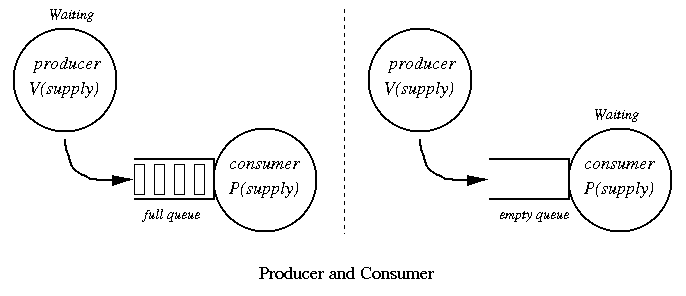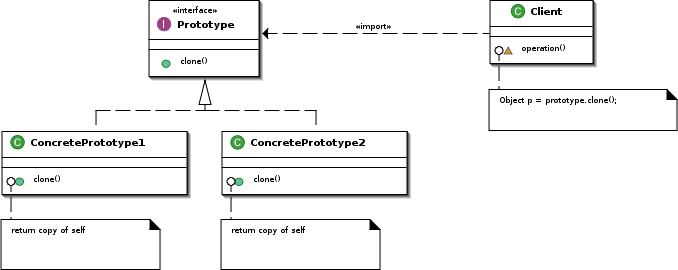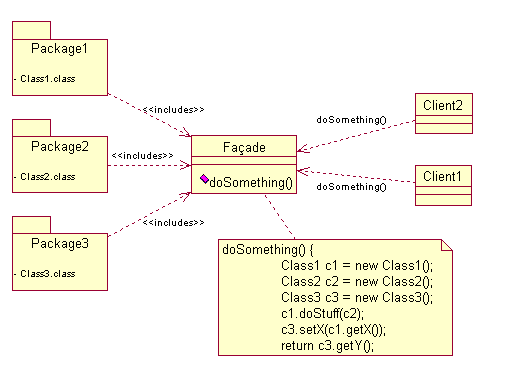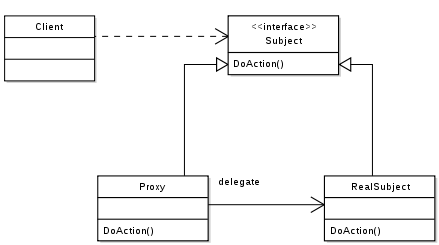1) Autocloseable Try Statement defining Resources – Java 1.7 introduces all new try-with-resources statement using which declaration and initialization of one or more resources can happen. But only the resources that implement the interface “java.lang.AutoCloseable” can be declared. Example:
try (BufferedReader bufferedReader = new BufferedReader( FileReader(path)))
{ return bufferedReader.readLine();
}
In this code snippet, sampleBufferedReader instance is created within the try statement. Note that the example does not include a finally block that contains a code to close sampleBufferedReader as in Java 1.6 or earlier versions. Java 1.7 automatically closes the resources that are instantiated within the try-with-resources statement as shown above.
2) Catch Block Handling Multiple Exceptions – In Java 1.5 and Java 1.6, a catch block can handle only one type of exception. But in Java 1.7 and later versions, a single catch block can handle multiple exceptions. Here is an example showing catch blocks in Java 1.6:
try { }
catch(SQLException exp1)
{ throw exp1; }
catch(IOException exp2)
{ throw exp2; }
The same code snippet can be modified in Java 1.7 as:
try {…. }
catch(SQLException | IOException |ArrayIndexOutofBoundsException exp1)
{ throw exp1; }
3) String Object as Expression in Switch Statement – So far only integral types are used as expressions in switch statement. But Java 1.7 permits usage of String object as a valid expression. Example:
example:
case "CASE1":
System.out.println(“CASE1”);
break;
4) JDBC in Java 1.7
JDBC contained in Java 1.7 / Java SE 7 is JDBC 4.1 that is newly getting introduced. JDBC 4.1 is more efficient when compared to JDBC 4.0.
5) Language Enhancements in JDBC 1.7
Java 1.7 introduces many language enhancements:
Integral Types as Binary Literals – In Java 1.7 / Java SE 7, the integral types namely byte, short, int and long can also be expressed with the binary number system. To specify these integral types as binary literals, add the prefix 0B or 0b to number. For example, here is a byte literal represented as 8-bit binary number:
byte sampleByte = (byte)0b01001101;
Underscores Between Digits in Numeric Literal – In Java 1.7 and all later versions, “_” can be used in-between digits in any numeric literal. “_” can be used to group the digits similar to what “,” does when a bigger number is specified. But “_” can be specified only between digits and not in the beginning or end of the number. Example:
long NUMBER = 444_67_3459L;
In this example, the switch expression contains a string called sampleString. The value of this string is matched with every case label and when the string content matches with case label then the corresponding case gets executed.
Automatic Type Inference during the Generic Instance Creation – In Java 1.7 while creating a generic instance, empty parameters namely <> can be specified instead of specifying the exact type arguments. However, this is permitted only in cases where the compiler can infer the appropriate type arguments. For example, in Java 1.7 you can specify:
sampleMap = new HashMap<>();
Thus HashMap<> can be specified instead of HashMap>;. This <>; empty parameters of Java 1.7 are named as diamond operator.
6) Suppress Warnings - When declaring varargs method that includes parameterized types, if the body of the varargs method does not throw any exceptions like ClassCastException (which occurs due to improper handling of the varargs formal parameter) then the warnings can be suppressed in Java 1.7 by three different ways:
(1) Add annotation @SafeVarargs to static method declarations and non constructor method declarations
(2) Add annotation @SuppressWarnings({"unchecked", "varargs"}) to varargs method declaration
(3) Directly use compiler option “-Xlint:varargs.
By suppressing the warnings in varargs method, occurrence of unchecked warnings can be prevented at compile time thus preventing Heap Pollution.
7) Java Virtual Machine Enhancements in Java 1.7
Java SE 7 / Java 1.7 newly introduce a JVM instruction called “invokedynamic” instruction. Using “invokedynamic” instruction, the dynamic types programming language implementation becomes simpler. Thus Java 1.7 enables JVM support for the non-java languages.








.svg/800px-Composite_UML_class_diagram_(fixed).svg.png)
